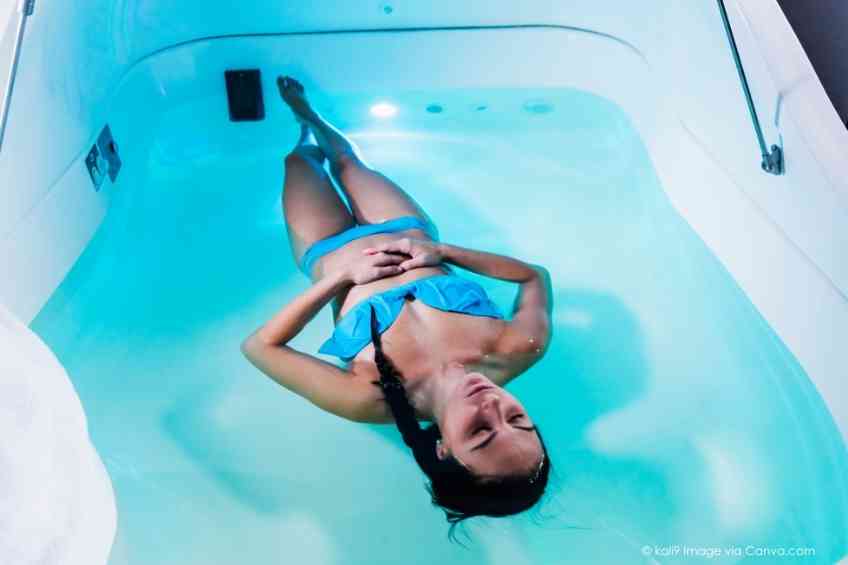By John Hand –
Modern life is tough and busy. There are business meetings to attend, phone calls and text messages to answer, social functions to handle and for many, an ocean of family-life demands. If that’s not enough, people are bombarded with a constant barrage of digital and physical images designed to stir up all sorts of feelings. It can be, admittedly, overwhelming, which is why so many people seek escape mechanisms.
One increasingly popular option takes escaping to the extreme: sensory deprivation tanks. Fueled in part by celebrity endorsements, these tanks are designed to spur relaxation, creativity and even muscle recovery while all reducing anxiety. Proponents claim the benefits stem from the obvious: cutting off virtually all sensations.
These sensory deprivation tanks take an egg-shaped pod design that allows users to reach full relaxation by removing any outside sources of stimulation, according to MedicalNewsToday.com. Those entering are either in a bathing suit or are completely nude. Inside users will find a foot of water mixed with Epsom salts. The participant then lays in the water—effectively floating on it thanks to the salt—while the water’s temperature assimilates the person’s body temperature.
Once inside and lying down, the door shuts and darkness consumes the pod and surrounds the person, completely shut off from the outside world and theoretically activating the benefits.
The process has gained increased popularity in recent years due to a number of factors, including a growing number of ways to black out either at home or at a retail site. Costs vary widely. Installing a tank at home will cost between $10,000-$30,000, while a visit to an isolation center will run $50 to $100 for an hour-long session.
The origin of these tanks, however, track back about 70 years to John C. Lilly, who invented the equipment in the 1950s while working for the National Institute of Mental Health. Controversy, however, surrounds Lilly’s motivations for creating the tank with some claiming Lilly, who was a neuroscientist and psychoanalyst, was focused on using tanks to study consciousness. Others suspected a somewhat more sinister reason, pointing out Lilly’s fascination with mind control and believing that he created the tank as a means of brainwashing and manipulating minds.
The controversies surrounding Lily’s initial motivations have faded in recent decades as celebrities like Joe Rogan, and Steph Curry have hailed the process. Admittedly, research supporting the purported benefits is limited, but advocates do point to a 2016 study that found sensory deprivation was a complementary treatment that had some potential to reduce symptoms tied to anxiety disorders. Another 2018 study lends more credence to the reported benefits by noting that an hour’s session had a positive impact on nervous systems by reducing depression and anxiety.
“The intent is to give you a break and let you reset,” Dr. Irina Todorov explained in a Cleveland Clinic report. “You’re removing the clutter and noise and distractions of daily life. Everything is stripped away. It’s just you, untethered.”
Sensory deprivation may also offer physical benefits as well, though research again is limited and support comes by way of anecdotal evidence.
“And it obviously has some physical benefits as well, with [the magnesium in] the salt, being able to relax those sore muscles,” Steph Curry noted in an ESPN interview. “But to get away from the demands and all the stimuli we have in the world and our lives, that was the main draw.”
Ultimately, there appears to be little risk of blacking out for an hour, although in extremely rare cases some people have reported hallucinations when in these tanks. Does all this make sliding into total darkness for an hour a win-win? The jury’s out. But with its limited risks, it may be worth a try.













